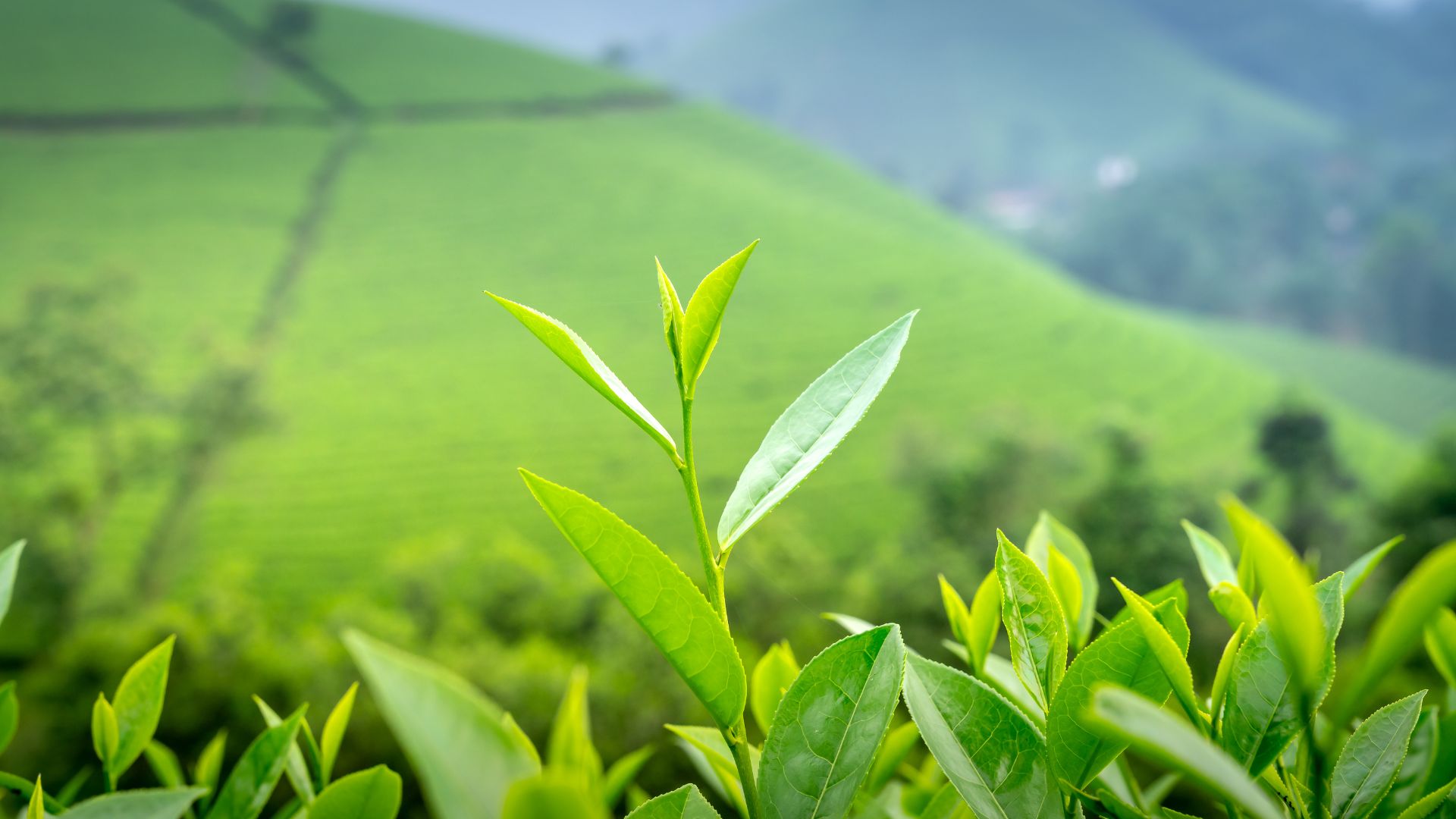

About Us
High mountain tea emphasizes the special aroma and taste from the local environment. Lishan's high-altitude climate avoids astringency from excessive sun. Loose soil and good water circulation aid aroma (alcohol compounds), sweetness (amino acids), and consistency (sugar).
The land's nourishment creates Lishan's flavor with rich, natural "pectin taste"—a sweet consistency like unthickened white fungus soup. High pectin gives a full mouthfeel, fragrant with throat aftertaste.
Use 5-7 grams of tea: Place 6 grams in a bowl, pour 90-100°C (recommended 90°C) hot water, soak 2-3 minutes, then pour into cup. Add 30-45 seconds per subsequent brew. (Correctly brewed Lishan Oolong is fragrant and sweet!)
For faster shipping, contact us (higher fee required).
Dayuling Oolong Tea grows in Taiwan's Hehuan Mountain at over 2,200 meters—the world's highest oolong area. It has mellow taste and fragrant aroma, considered Taiwan's best high mountain tea origin. The area is new, but recognized as top. At 2,600 meters with cold, large temperature differences, trees grow slowly for tender, sweet tea. Well-drained acidic soil creates unique flavor.
Zhangping Narcissus tea cake is compressed oolong, a traditional Han creation. It has strong flavor, clear long aroma, natural orchid-like floral scent. Mellow, smooth, fresh, lively; stores well, brew-resistant. Reddish-yellow color. Taste reveals narcissus fragrance, throat-moistening, sweet aftertaste. Popular in western Fujian, Guangdong, Xiamen; exported to Southeast Asia.
Taiping Houkui is green tea from Huangshan District, Anhui (formerly Taiping County). Among China's top ten green teas.
Utensils: White porcelain tureen, fair cup, tea cup, 3g tea, purified water.
"Anji White Tea" is green tea from Anji County, Zhejiang, processed as green tea. Named for white young leaves from a mutant tree. Produced briefly (about one month) during albino period; brewed leaves jade-white.
Brewed color jade-white, light orchid scent, sweet without bitterness/astringency—even last sip. Favored for light sweet taste, lingering mouth fragrance.
Brewing jasmine tea involves flowers releasing fragrance and tea absorbing it. Fresh jasmine decomposes aromatics under enzymes, temperature, water, oxygen; releases with blooming.
Tea absorbs via physical adsorption, plus water; osmotic effect causes chemical adsorption. Moisture/heat changes: soup from green to bright yellow, taste from light astringent to rich mellow—unique flower tea fragrance/color/taste.
Special jasmine: Glass cup, 80-90°C. Others (silver, special, first-grade): Porcelain covered cup, near 100°C. Ratio 1:50, brew 3-5 min each.
Many appreciate appearance first: Spread cup amount on paper, observe colors, smell aroma for interest.
Method maintains aroma, prevents loss, shows beauty.
Water temperature: 70-90°C
Tips: 85-90°C; low pour first for slow fragrance seep, roll leaves, reverberate soup. Pour to 80% full, cover immediately. Smell, cool slightly, small sips; hold in mouth, inhale mouth/exhale nose, flow on tongue 12 times, contact buds, taste before swallow.
Special West Lake/Zhejiang Longjing: Flat smooth, sharp tips, buds > leaves, light green, no hairs; light green/yellow bright soup; light/tender chestnut aroma (some high fire); refreshing/rich taste; green intact leaves.
Brew in glass cup, ~85°C. Ratio 1:50 (1g:50ml). Pour 1/3 water to soak; after light fragrance, fill to 70-80% along edge. Moderate intensity, fresh mellow, bright green leaves.
Do not use 100°C boiling water! Longjing is green tea from young buds, unsuitable for boiling.
Use larger set. Leave small soup for "tea raising" to cool new water. Avoid long waits between brews to prevent bitterness.
Use "slow high" pour: Slow from high to cool/dissipate heat. (Water control key for tea!)
Avoid long soaks for no strong bitterness.
No cover on tureen/set! Longjing cooks/turns yellow.
Baihao Yinzhen (1796) is one of China's six white teas. From Fujian (Fuding, Zherong, Zhenghe, Songxi, Jianyang). Top ten famous, "beauty"/"tea king." Straight like needle, white hair, silver/snow; ~3cm long.
Named for bud-only, needle shape, dense white hair, silver-white.
Fat buds, white hair, needle-straight, silver-white. Fuding: Thick, white shiny, light apricot-yellow soup, fresh refreshing. Zhenghe: Mellow soup, fresh fragrance.
200ml cup (glass best), 5g tea, 90°C warm leaves, smell, brew boiling. Drink after 1 min (white tea unrolled, juice slow; longer brew, extend for thick/aged). Fragrance dissolves, smooth sweet soup; watch rise/fall for artistic brewing.
3g tea, 130cc gaiwan (some suggest 80-90°C). Water 2-3 min first/second, extend third. Smell, taste; mouth fragrance, endless aftertaste. 12-15 brews; durable, fragrant/mellow/sweet.
7-10g tea, 90°C warm, 100°C steep. Serve 45-60s. Pure sweet, mellow.
Main controls: High temperature, fast pour, concentrated strength.
Goal: Sweet, smooth, fragrant.
Brew time: Warm first for stable timing.
Tea amount: Golden ratio 1g:25-30cc.
Temperature: 100°C recommended, boiling best.
Example: 5g for 120cc container
Two ways: Pot or cup brewing.
First cup: Clear bright water? Orange/dark orange, three layers, "golden ring" surface. Pure subtle fragrance. Taste water-fragrance consistency.
Second: Mellow flavor? Low bitterness/impurities; mouth residue after swallow, heavier feel.
Third: Rhyme—fresh mouth, natural, lubricated throat pleasure, slippery swallow. Wuyi rock emphasizes "rock bone" throat rhyme, cup bottom, fragrance (smell after drinking). Tasting: spiritual, cultural enjoyment.
Da Hong Pao: Traditional king of teas. Good tea needs proper brew for authentic taste, full fragrance/nutrition.
Drink slowly, master skills, experience tranquility/elegance.